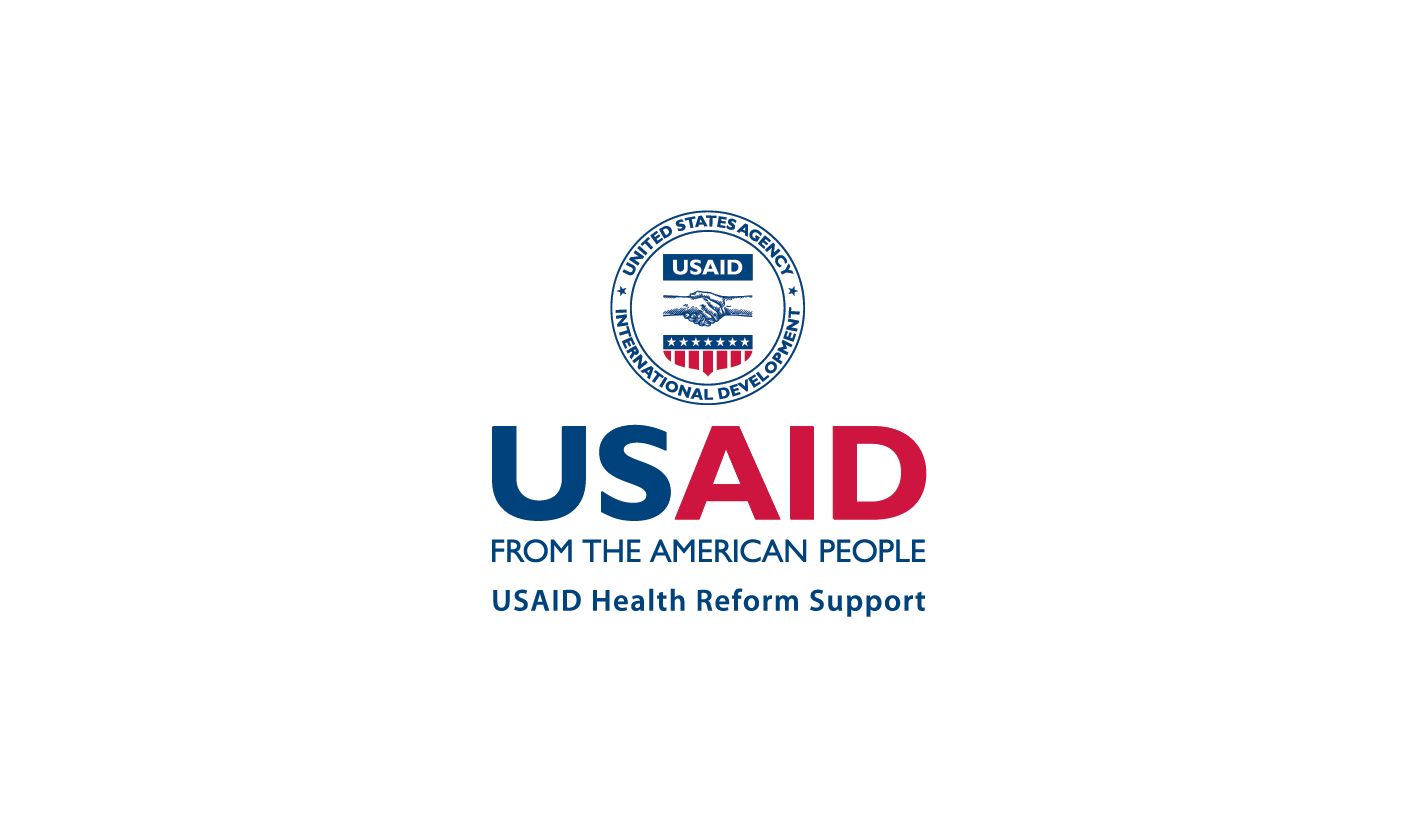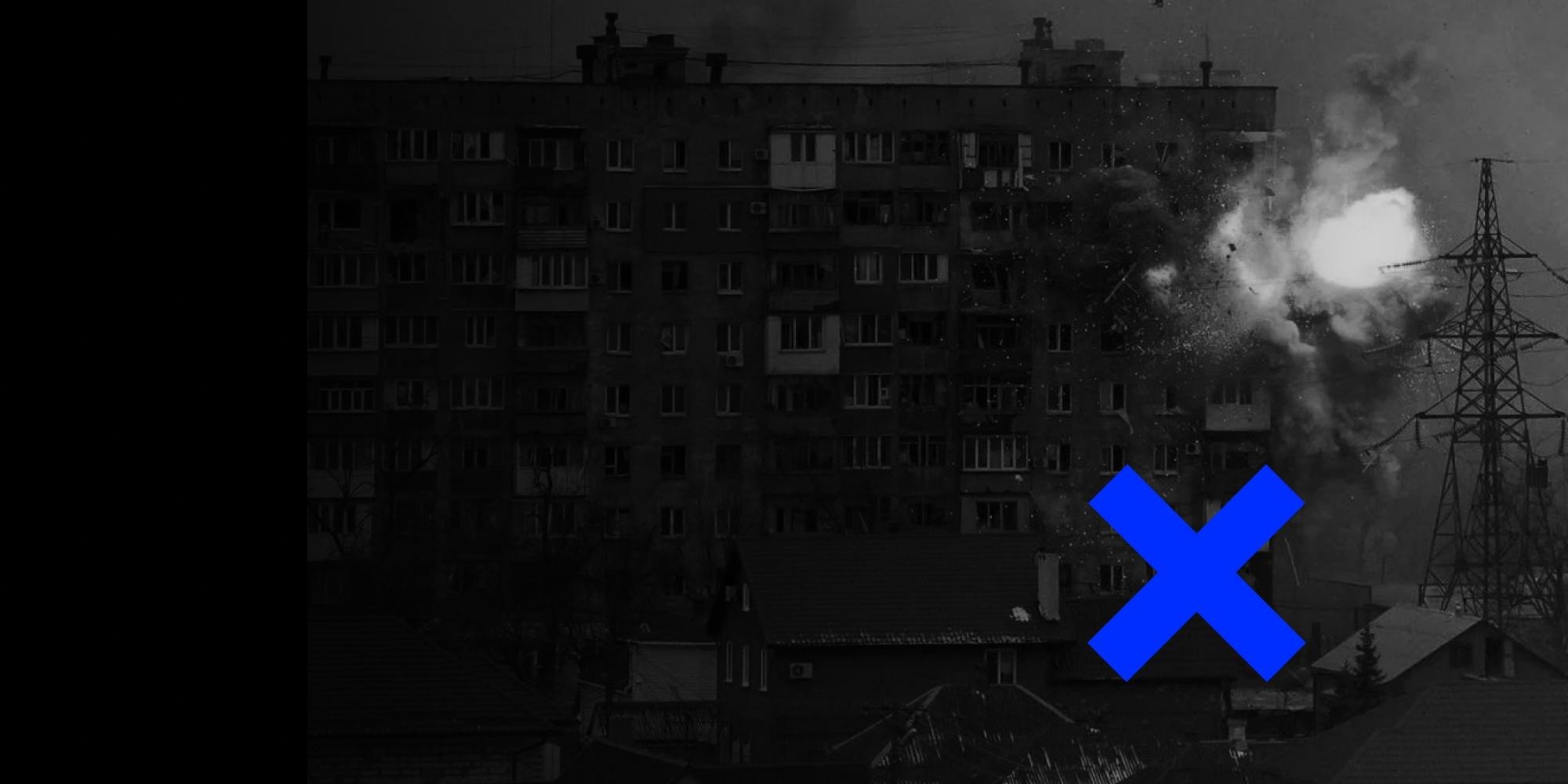VoxCheck, as part of the media campaign implemented with the USAID Health Reform Support project, investigated what hostile propaganda was like regarding the healthcare system in 2022, presented the update of the medical disinformation base “Detox from Propaganda“, and talked with experts in this sphere about how best to debunk harmful medical myths.
With the support of the USAID Health Reform Support project, VoxCheck analyzes and refutes public health narratives spread in the information space of Ukraine, Belarus, and russia on a weekly basis.
The database of medical fakes was developed by the VoxCheck team back in September 2022. It contains fakes, disinformation, infographics, explanatory videos, and analytical articles. However, the monitoring of what is happening in the information field is not stopped, and the team continues to identify hostile narratives that can negatively affect the health of Ukrainians and distort health decisions.
Since the beginning of the full-scale Russian invasion of Ukraine, 1,211 medical facilities have been damaged. Of them, 171 were completely destroyed and are not subject to future restoration, says First Deputy Minister of Health Oleksandr Komarida. So in Ukraine, the situation with the medical infrastructure is really very difficult, and believing in Russian fakes does not help to fight these problems.
Narratives
In the database of medical fakes, there are only 1315 cases of disinformation, 91 fakes, and only 13 narratives. Disinformation cases belong to the same narrative when they convey the same key message aimed at changing public opinion. In particular, the most common narratives are “Ukraine poses a threat of chemical attacks” — 278 cases, and “Military biological laboratories and medical experiments on citizens of Ukraine” — 236 cases. Narratives about the COVID-19 coronavirus pandemic and vaccination against the disease also remain.
Along with the coronavirus, disinformation about the monkeypox outbreak was spread last year. In these hoaxes, anti-vaccinationists and conspiracy theorists called the disease a new scheme to deceive the public. Discriminatory statements were also spread that allegedly smallpox can spread only among representatives of the LGBT community. Conspiracists used hate speech and tried to discredit a specific category of the population.
Later, fake creators started to use and distort the humanitarian situation in Ukraine much more. VoxCheck analysts discussed the most common fakes of hostile propaganda with experts in this sphere.
Organ donation and “black transplantology”
Russian propaganda spreads the myth about “black transplantology”. Allegedly, it flourishes in Ukraine, and civilians in the combat zone are “disassembled into organs.” The same throw-ins are spread about the de-occupied Ukrainian territories. This fake is being spread in order to intimidate Ukrainians and show them that allegedly nothing good awaits them from the Ukrainian authorities in the liberated territories. Therefore, allegedly, it is better to live under Russian occupation. The myth is debunked by Vasyl Strilka, Director General of the Directorate of High-Tech Medical Care and Innovation of the Ministry of Health of Ukraine.
Why is it fake?
The activity of “black transplant specialists” in the conditions of hostilities or in an unprepared area is simply impossible. First, taking an organ from a donor so that this organ function is a very complex process that a limited number of teams in Ukraine can perform. High-quality resuscitation work is needed, with a donor and a professional team to maintain a heartbeat in a dead body.
Secondly, to transplant an organ, it is necessary to do it very quickly, and it is almost impossible to transport and do it due to shelling, roads destroyed by Russian missiles, and block posts. Therefore, there is no one to engage in so-called “black transplantology” in Ukraine, and it would be economically unprofitable.
How does it all happen in reality?
A person in need of a transplant is examined and placed on a nationwide waiting list. This is the only state transplant information system that includes the names of surgeons who can perform this transplant. This team will both remove the organ and transplant it to a new recipient. In this way, the origin of each organ in Ukraine can be traced.
In Ukraine, all organ transplants are paid for by the state. And here, even any financial incentives to do transplants illegally disappear.
The Ukrainian system of transplantology in its current form is only a few years old. But it is intensively developing. Significant changes began in 2019 when amendments were made to the Law on Transplantation. For example, over the entire history of Ukraine’s independence until 2019, nine heart transplants were performed. And just the previous year, in 2022, 35 such transplants were performed, and in 2021 — 30. In total, 384 organ transplants were performed last year in Ukraine and in 2021 — 313. This shows that the system is functioning even in such a difficult time of the corona crisis and full-scale war.
Blood donation
“Everybody run to the hospital urgently! There is not enough blood!” — you can see this on social networks after another Russian attack on civilians. However, usually, such calls are Russian throw-ins to provoke panic. The enemy presses for urgency, forcing you to listen to your desire to help the victims, taking away time from you to think critically about this call. Oksana Banakh, director of the Vinnytsia Regional Blood Service Center, explains this hostile throw-in.
Why is it fake?
Blood centers in Ukraine have been functioning well for a long time. They have blood reserves and can handle emergencies. Therefore, when people come en masse to the blood center for donation, these centers simply cannot process such volumes — the equipment needs rest, as well as the employees. Therefore, at such moments, long queues form, and people get nervous and eventually lose confidence in the operation of this system.
Blood, as well as its components, have a certain storage life, and it is short. Because of this, it is necessary to replenish the supply constantly, that is, blood centers must work every day and take the amount they need. Each center has its pages on social networks to avoid panic, and contact numbers are provided. For example, we made several contacts in our Vinnytsia regional center: we bought several mobile phones that our employees have today, and these numbers are on our social networks. The donor can call and ask if the blood is really needed.
But it is better to donate blood regularly or follow the announcements of only the blood centers themselves.
How does it all happen in reality?
First, the doctor at the blood center examines the potential donor and collects an anamnesis. Then sends the donor to the laboratory and, looking at his previous research results, decides whether he may be suitable for donation.
The doctor also determines the type of donation; there are three of them: donation of whole blood — erythrocyte mass, or donation of blood components — platelets and plasma.
Before donating, the donor must drink sweet tea and eat cookies or wafers — they are served at the center.
After that, during the donation, the staff constantly communicates with the person, we have a developed Code of Professional Ethics, and all employees work following the Code. We ask how the donor feels, whether the venipuncture was not painful for him, whether he liked our staff, and whether he liked our center. And if the donor has any comments, we consider them in our work and somehow improve.
The interval between blood donations is two months; we can accept a donor several times a year if he desires.
Who can be a donor, and how to prepare for blood donation?
There is no special preparation for donation, there are some restrictions in nutrition and behavior.
- A donor can be a person who has reached the age of 18 and has a weight of 50 kg or more.
- Donating blood is not done on an empty stomach. The donor must be healthy; therefore, he must have breakfast and sleep.
- People with tattoos — despite a common myth — can also be donors. You are suspended from donating only for the first six months after the tattoo.
There is no need to be afraid of donor blood today. In blood centers, all processes are standardized; screening is carried out, that is, the examination of donor blood. We also have defined parameters by which we determine the quality of the products we manufacture.
Points of Invincibility: was it better without them?
After the first massive Russian shelling of the civilian infrastructure of Ukraine on October 10, emergency blackouts began. The country, in general, and the rescuers, in particular, faced a problem for the first time when people started using alternative heating and lighting methods so massively. Russian fakers did not lose this chance and began dispersing disinformation about fires and poisoning of Ukrainians with carbon monoxide in the Points of Invincibility, which were created so that Ukrainians could warm up and work in the heat. These fakes are spread to show that life without Russia is terrible and dangerous.
Such Russian fakes are countered by the press officer of the State Emergency Service of Ukraine, Colonel of the Civil Defense Service Oleksandr Khorunzhyi.
Why is it fake?
There were absolutely no cases of fire or carbon monoxide poisoning in the Points of Invincibility. This did not happen either in Kharkiv or Kyiv — fakes were created about these cities. Unfortunately, the Ukrainian mass media picked up disinformation about the fire at the Points of Invincibility in the Pechersk district of the capital. And all this came from the Telegram channel and was illustrated by a Russian video from some other object. Russian propaganda resources try their best to show that we suffer from enemy strikes.
How does it all happen in reality?
In Ukraine, 1,070 Points of Invincibility were established, in which more than 300,000 people received help, but there were no ignitions, fires, or poisonings.
First, both rescuers and police officers are on duty at the Points of Invincibility. Of course, generators work because they produce energy; there is hot water, coffee, tea, and cookies. That is, the main work, function of these Points of Invincibility is to provide assistance: to warm up, recharge gadgets, and get high-quality Internet through Starlink.
There are cases of fires or poisoning when people independently use generators, gas burners, or stove heating at home. So, in the last two months of 2022, about 800 people were poisoned by carbon monoxide in Ukraine. This is a lot, but it is not massive in percentage terms.
Therefore, you need to know how to use each source of electricity or heat.
Generators:
- the generator must be used only in the open air — they cannot be installed in apartments, on balconies, in basements, or utility rooms
- generators should be 6 meters away from open windows and doors, at least 1 meter away from the main wall
- it is necessary to install the generator on a flat, reliable platform
- fuel for the generator must be stored in a separate place, not less than 10 meters from the generator itself
- the generator must be certified, from an authorized point of sale
- do not neglect the manufacturer’s instructions! There is always an instruction on each such device — it must be read carefully because the specific rules of use may differ from model to model.
Gas burners:
- the gas cylinder must be checked for leaks. For example, you can apply a soapy solution to the connection and the gas cylinder. If there are no bubbles, everything is fine, the gas is not leaking
- sniff whether you smell gas. An odorant is also added to the gas in the cylinders so you can feel the leak
- gas cylinders cannot be stored on balconies or simply in frosty conditions. Because the gas expands when heated, and by taking the cylinder from a cold room to a warm one, we can cause an explosion
For more tips on protecting yourself during a power outage, look at the resources of the State Emergency Service.
This information piece was produced with the assistance of the United States Agency for International Development (USAID), provided on behalf of the people of the United States of America. This article’s content, which does not necessarily reflect the views of USAID, the United States Government, is the sole responsibility of Deloitte Consulting under contract #72012118C00001.
Attention
The author doesn`t work for, consult to, own shares in or receive funding from any company or organization that would benefit from this article, and have no relevant affiliations




